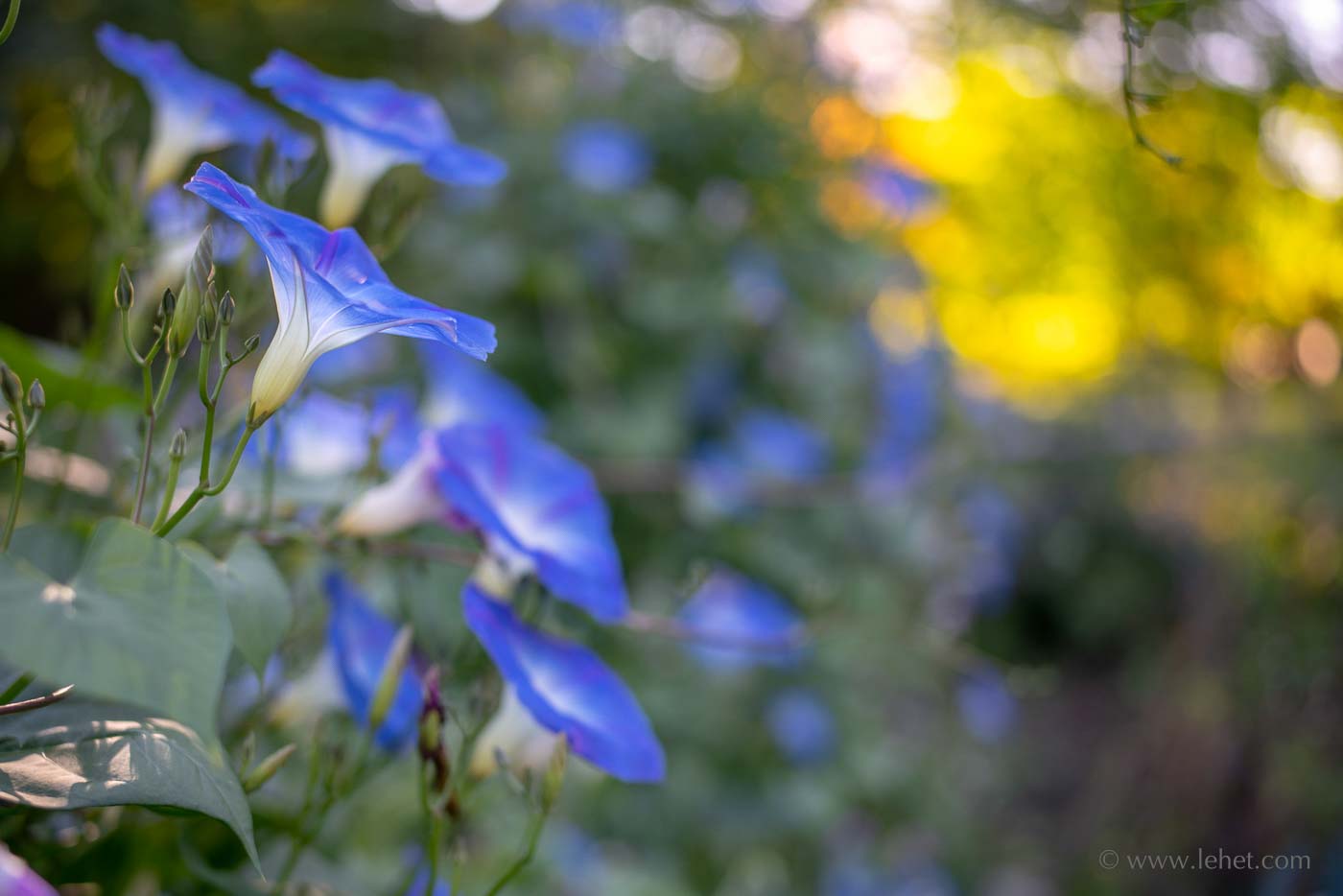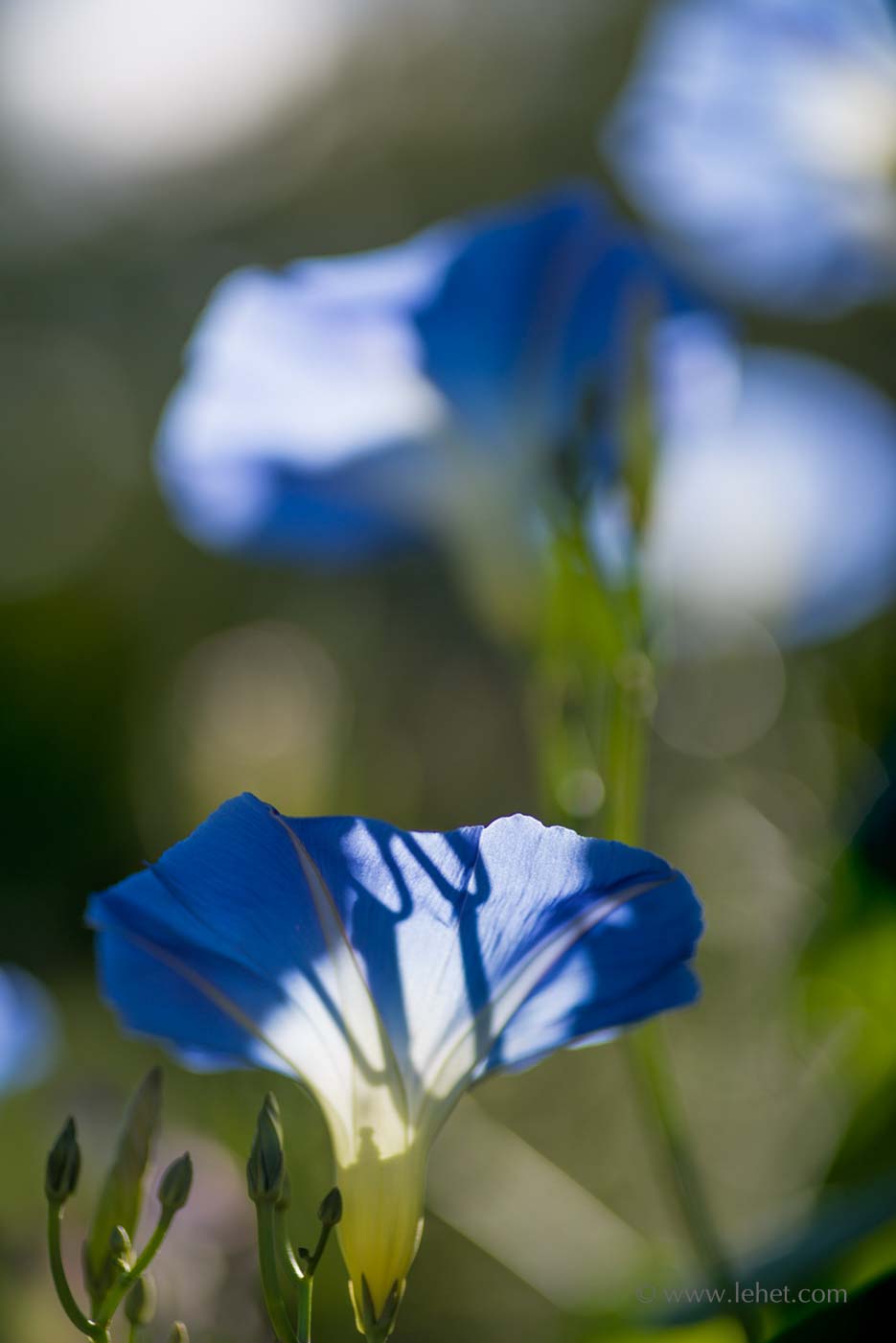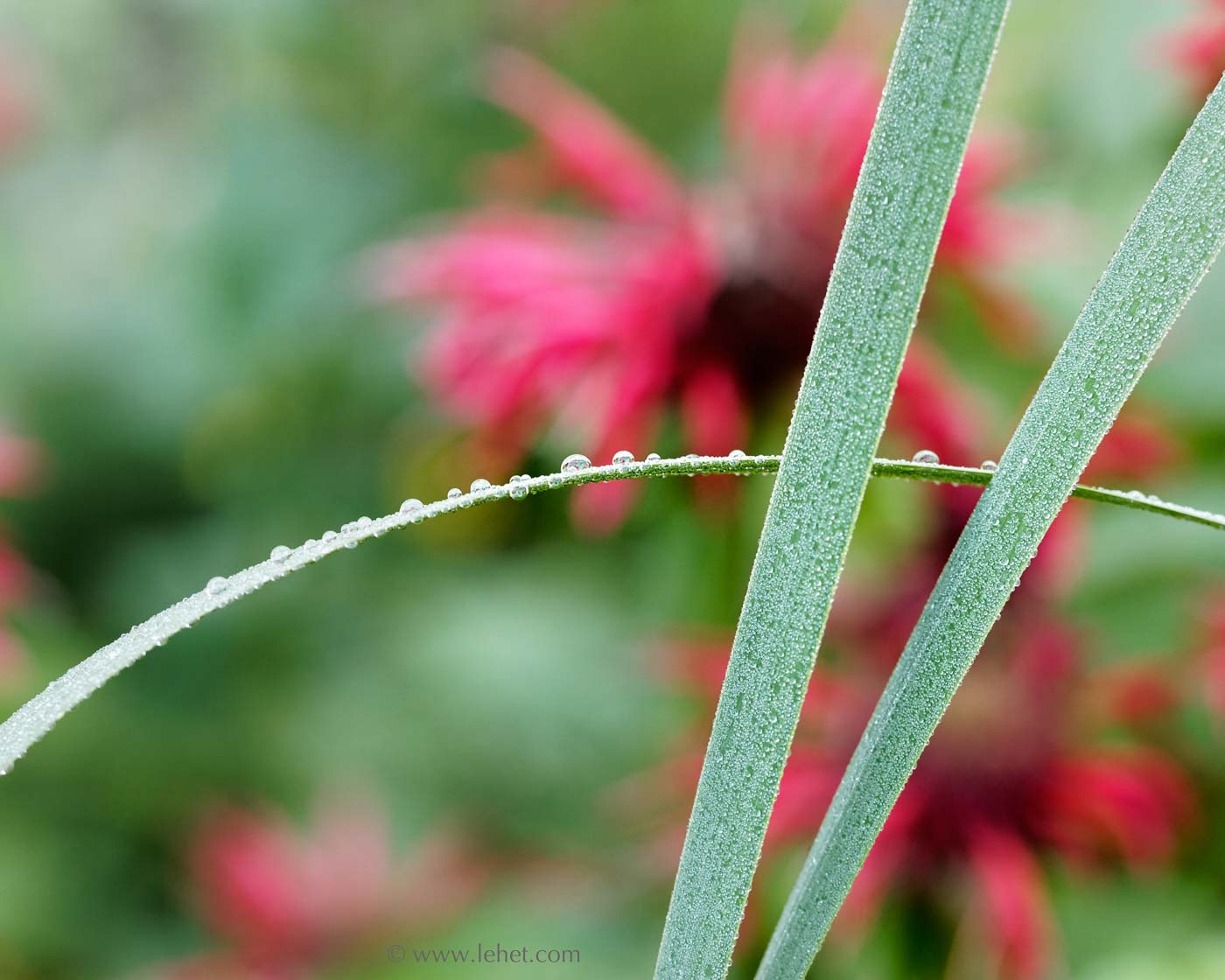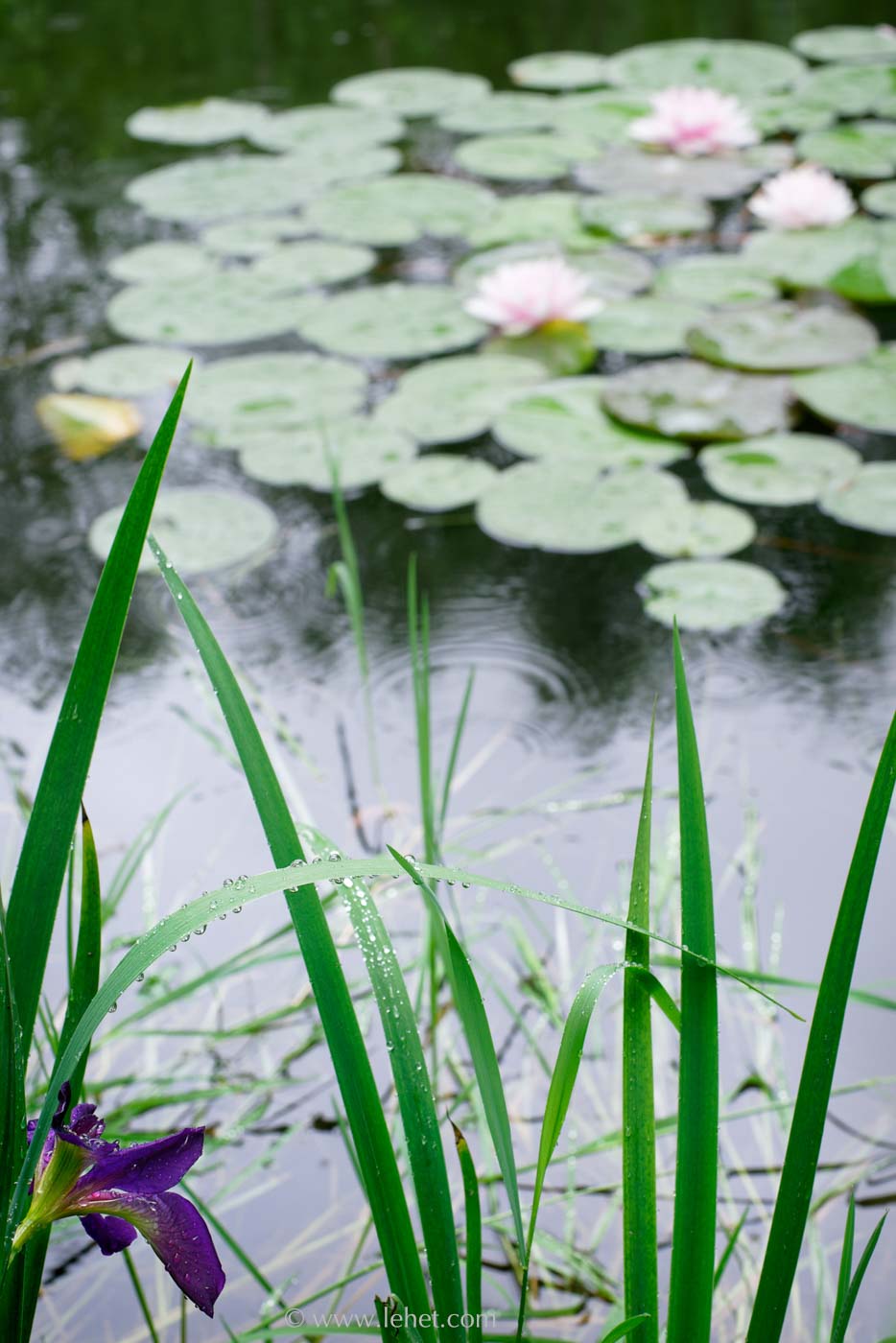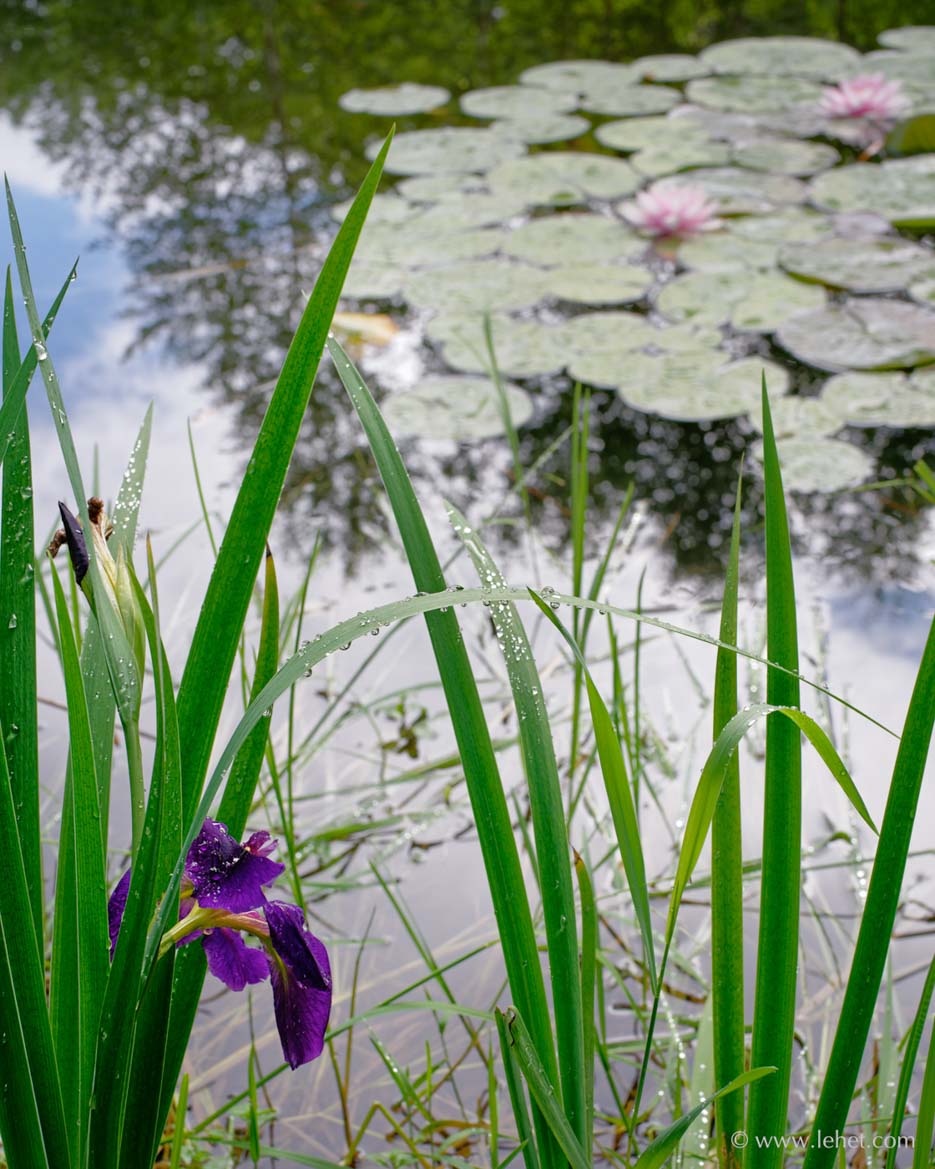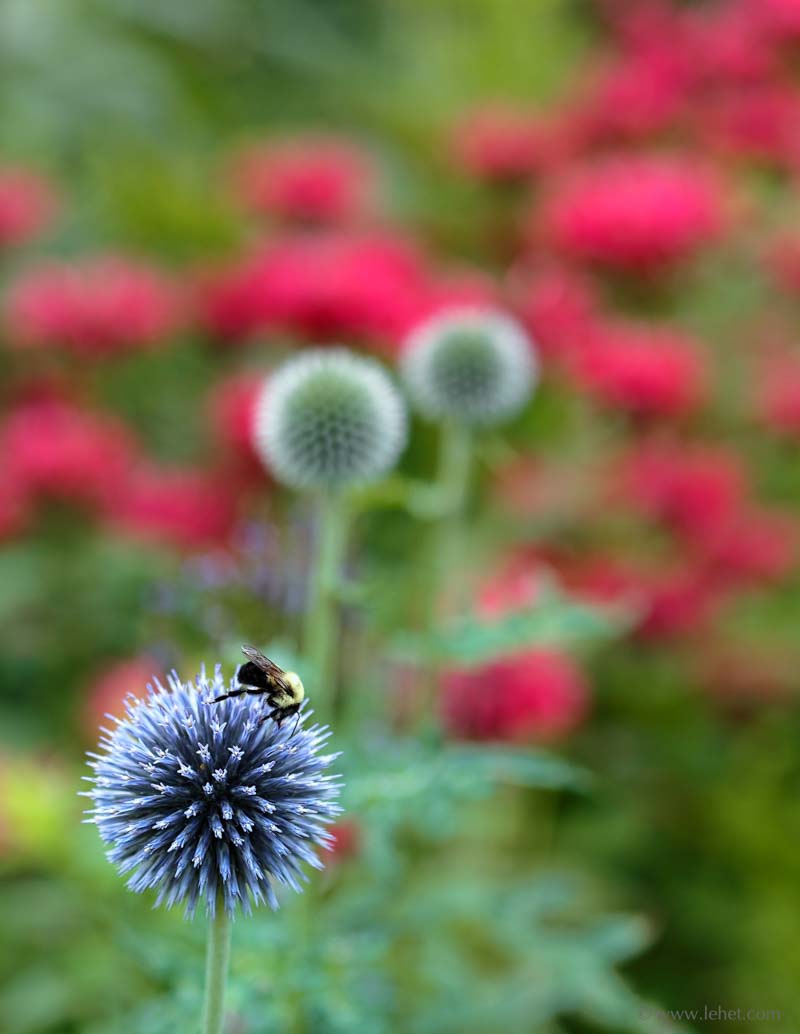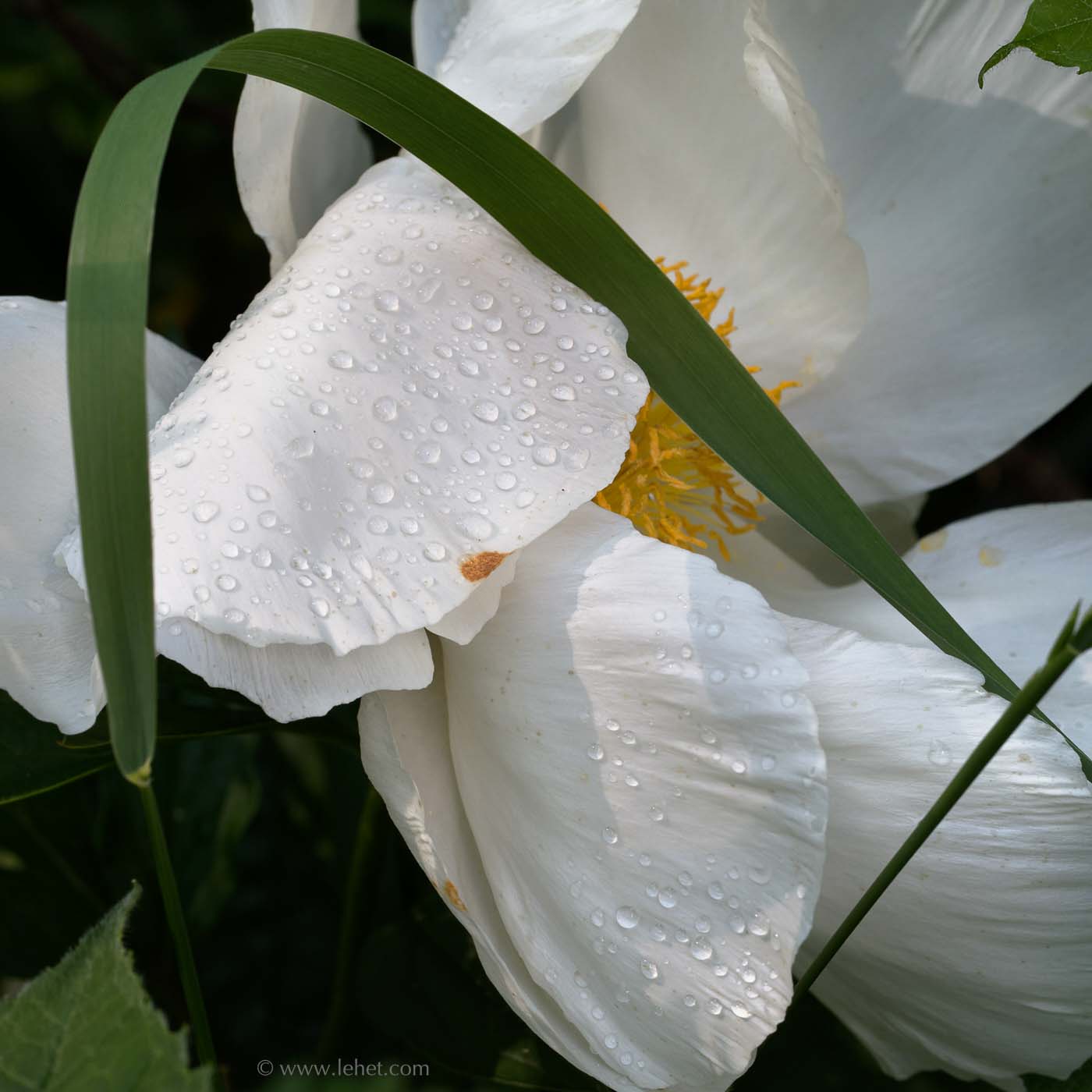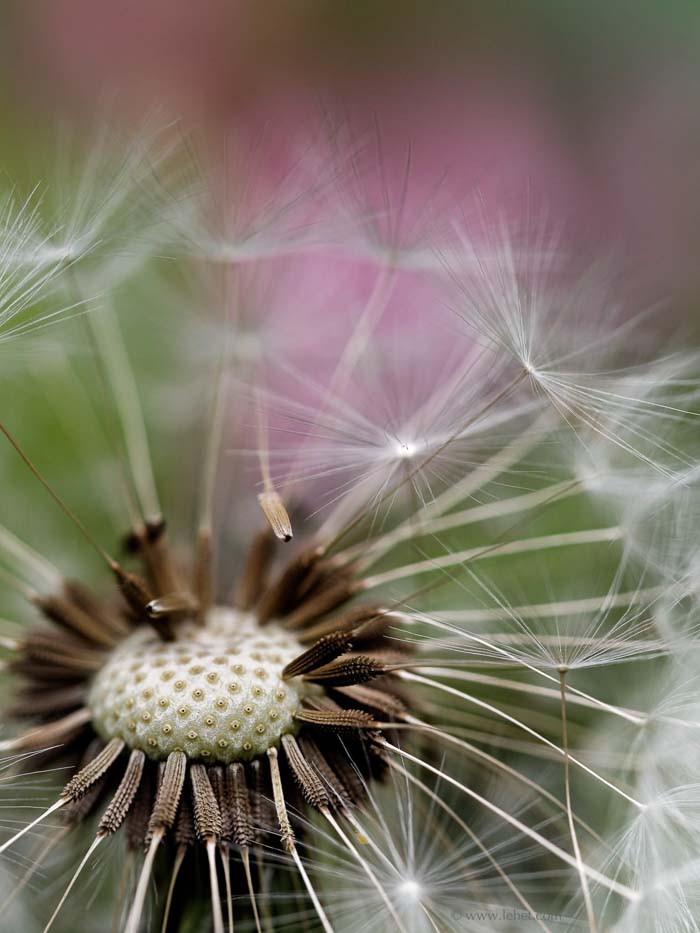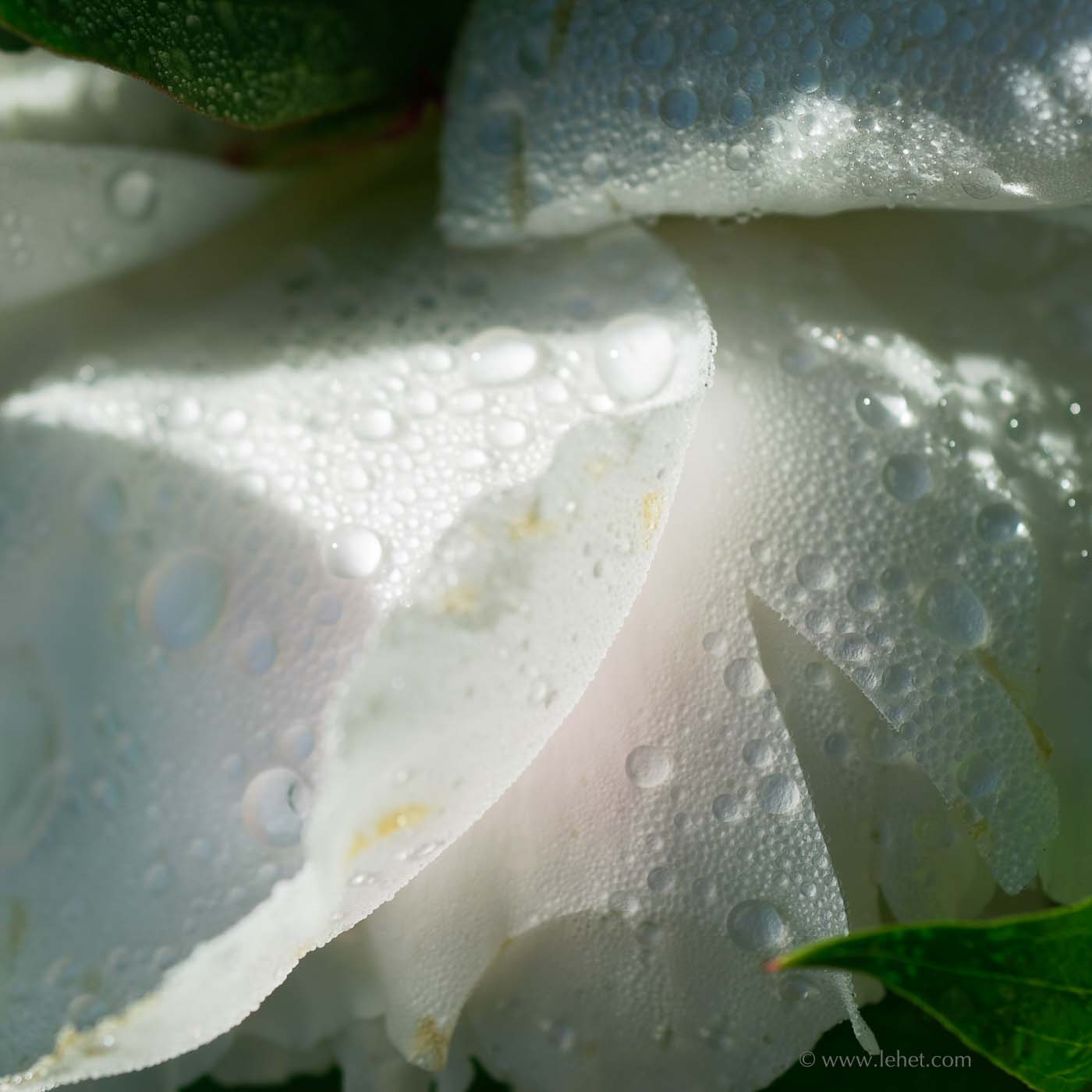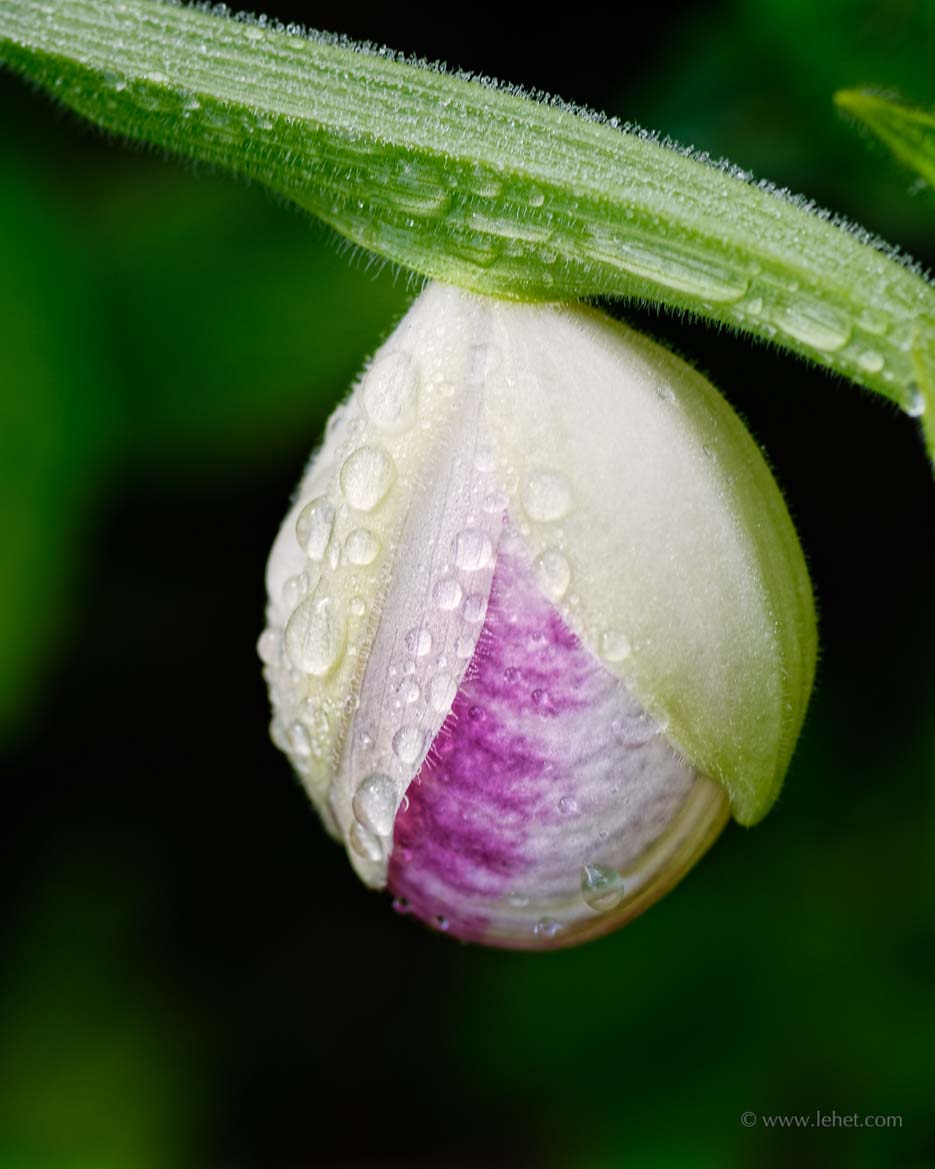
Unfortunately this photo only illustrates a small part of my discussion, but that’s the way photos are. They’re a very small slice of reality.
I’ve wanted to write this for a few weeks, from the time I was on my recent meditation retreat, I wanted to write about Presence, as in being present. It’s a universal capacity, and we all think we want more of it. We at least want more of the good part. It seems to be limited, and we regret that. Or we might think it’s a simple choice, that we can simply decide to be present. Not so easy.
First, our ability to be present is quite large, we could say nearly infinite. We have good senses, and the world is right here for us. The problem, I think, is in our capacity to be present, not our ability. This capacity decreases though childhood; the decrease accelerates in adolescence; by adulthood most of us are quite dull. Our senses our good, but we can’t stand to really be present. Why?
I think it’s in large part because being present is rather a double edged sword, and we learn to back away from it. Being present means being there with pain as well as beauty and joy. In fact, without a great deal of emotional maturity and equanimity, to be present would mean being overwhelmed by a lot of anxiety, fear, grief, and general suffering. I think The Buddha pretty well nailed this a long time ago. It is of course important to immediately mention the counterpoint, what we long for: being present is the only way we can experience joy, happiness, and all of this human life. It is our life, the goodness of our life.
The good news is that we can re-develop this capacity to be present. I think the main way to do it is to meditate, but also any form of emotional courage will start on this path — really facing the facts of life. (Meditation is about being present with whatever arises with equanimity. To practice it means we see our limitations in this regard very quickly, and it means we practice, like learning scales on an instrument — we practice and develop this capacity) If we develop this capacity because we are strong enough to be present, we can experience the joy and beauty of the present, while our strength and equanimity mean that we are not overwhelmed by the more challenging aspects of it.
To take the step of emotional courage, we have to turn away from numbness and the things that we do to make us numb. Then we can start to see and feel again. For some this will be very tricky. Our defenses are strong, established, automatic, and wrapped in denial.
The other thing about presence that this photo brings to mind, is that we often project a lot into the experience of presence, the experience we all have from time to time. We are present in the moment; it is just our ordinary mind encountering itself and the world. But we think that there is something special about the world at that moment, or we might even project some sense of a deity into it, as if we are feeling some divine being in that special moment we inhabit. I don’t know about that, but I do know my own mind and senses some. We might think it’s because a special person we are with has done this — but it’s just us stepping out of our cocoon to meet the world. We might feel another person has taken this away from us and blame them for our loss — but it is just us withdrawing from what we fear. We might think the presence in the moment is a quality of the wild flower in the woods in the morning sun with raindrops on it, but that flower has just invited us to step out from behind our shields.
Go ahead. Be brave.
This print is for sale here.


